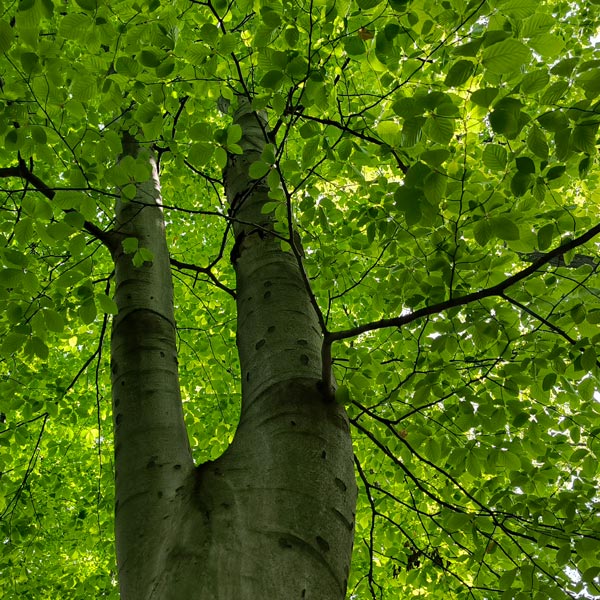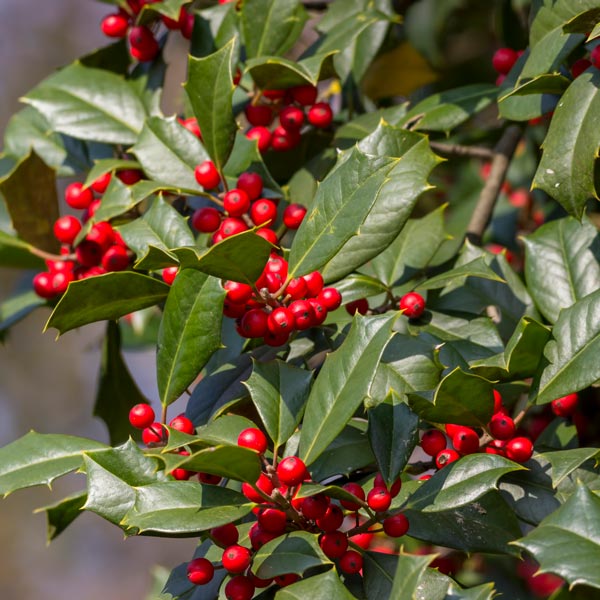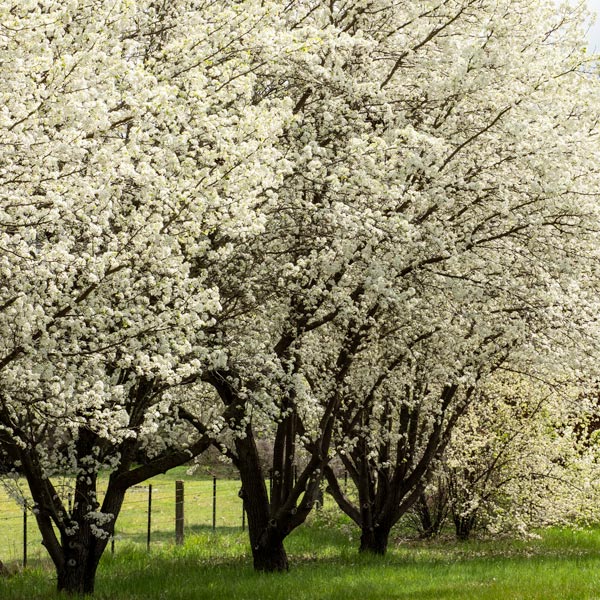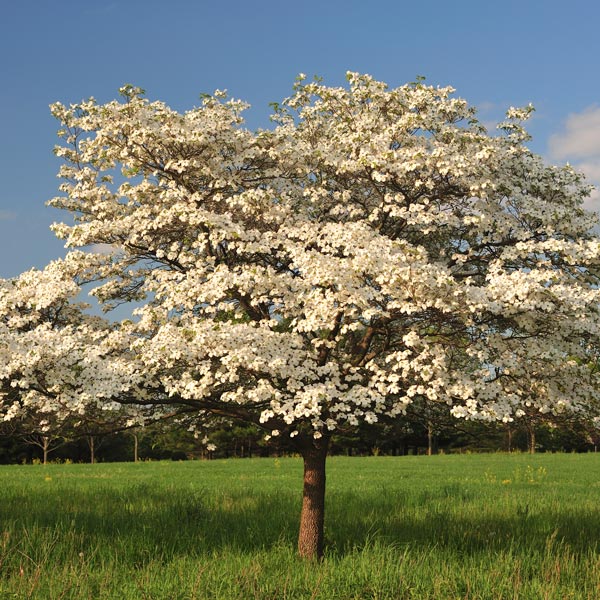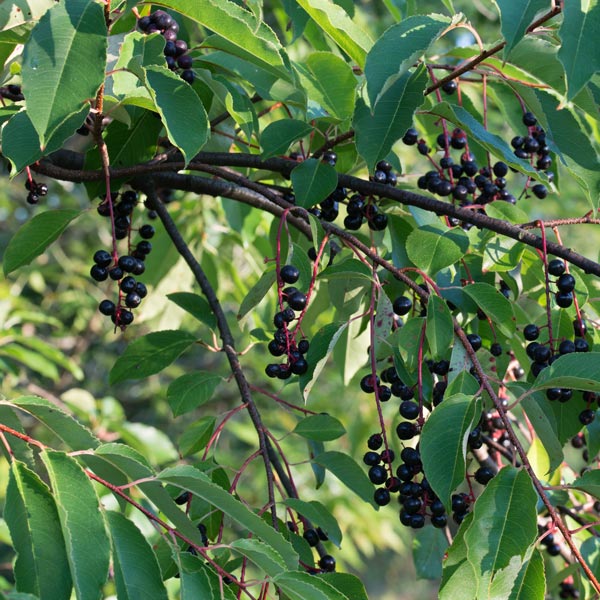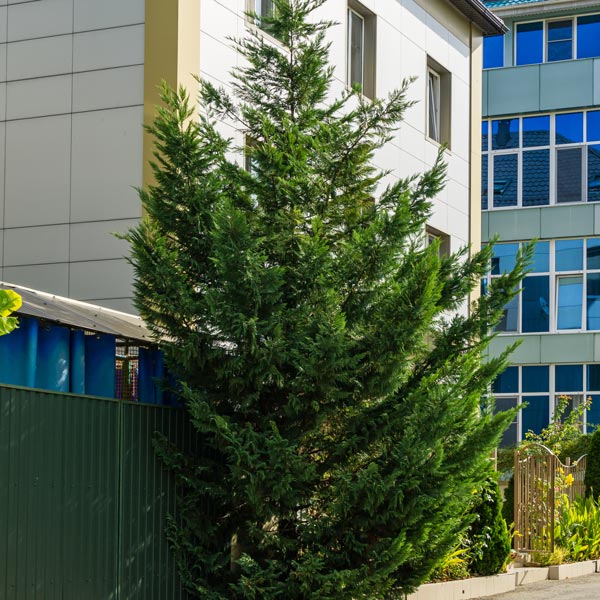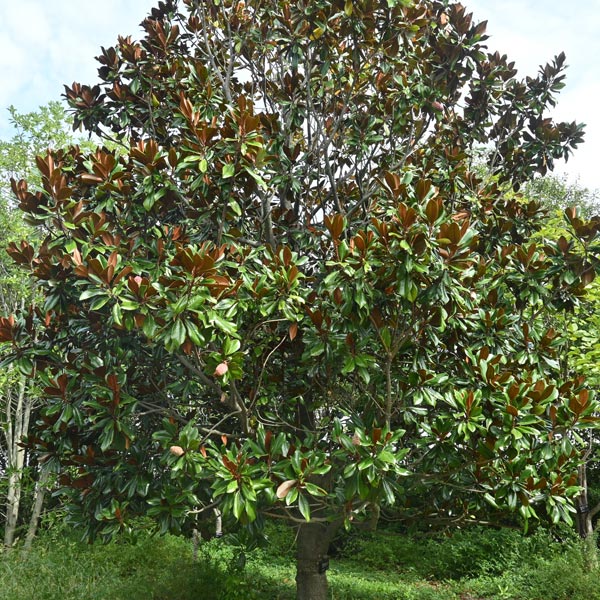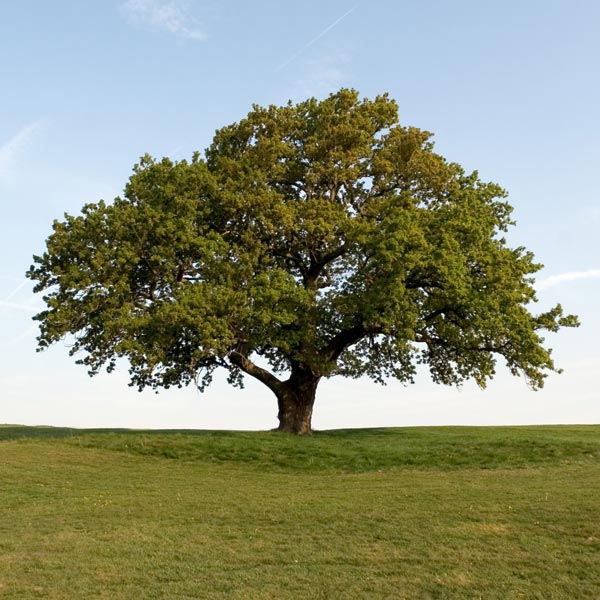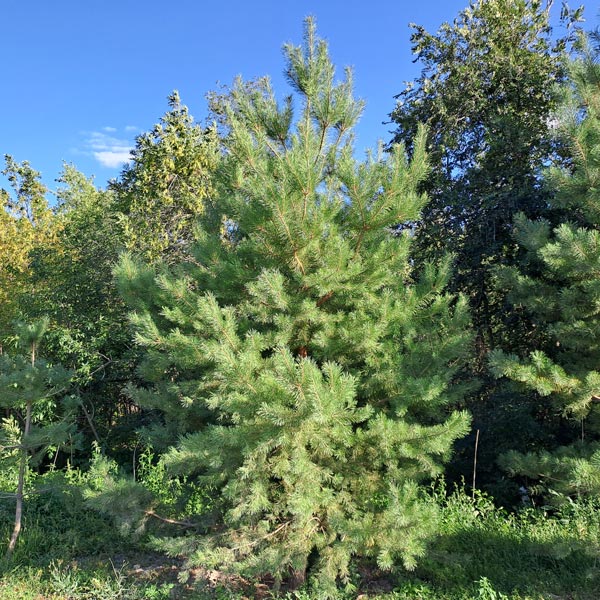Tree Falling Warning; How to Tell if a Leaning Tree Will Fall In a Storm in Sunny Side, GA
There are many advantages to having trees in your landscaping; aside from being a beautiful addition, trees increase property value, provide food, offer shadows, allow entertainment and leisure, and when properly maintained, they can help with the HVAC system. However, when a tree is unhealthy, it can be a hazard in multiple ways. Below, we at Milam’s Tree Service would like to outline some red flags your tree is hazardous to get immediate attention for it before it causes more problems.
Tree Inspection
1) Know about the different tree species in your landscaping. If you do not know what type of trees are in your landscaping, take the time to learn them. Different tree species can attract different pests or be susceptible to illnesses. Understanding which climates make them strong and weak also helps along with knowing what treatments and care they need; such as watering, mulching, and even feeding.
2) Learn the age and the average size of your trees. Just like people and animals, trees can be affected by stressful circumstances. Stressed out trees eventually weaken and decay at accelerating rate, resulting in hazardous conditions.
3) Note the conditions of the trees. When a tree’s health is poor, visual symptoms often manifest. Look for any dead twigs, dead branches, and small or off-colored leaves when you evaluate the health and condition of your trees. Healthy trees, unless they are dormant for winter, will have lush, green leaves and always strong sturdy branches.
Signs of an Unhealthy Tree
Cankers. When the bark has indented in or is completely void is known as a canker. Relatively common, cankers result of an illness or injury. Seeing many cankers is a hazard and you should seek expert assistance.
Cracks in Tree Trunks. Cracks are as the name suggestions, a deep split through the bark. When a tree is dying, they frequently manifest cracks. Before serious catastrophe occurs, removing the tree is crucial. A simple minor crack is nothing to freight about and if caught before it extends through the bark the tree can be usually be spared. A crack extending through the stem, however, indicates the presence of a more serious problem. A tree that frequently has cracks or breaks off, the tree is likely to have health problems and is better off removed.
Dead Wood. Needing immediate removal are trees that exhibit wood that looks dead on the trunk, branches, or the stems. The wood feels and looks brittle, unbendable, and dry.
Tree Decay. From the inside and spreading outwardly is how a tree often decays. A tree that has been failing over a while will show signs of decay. The tree can have holes, or the wood feels soft and crumbly. Mushrooms and other fungal activity are also usually apparent.
Tree Root Problems. Extremely hazardous, trees with a root problem are not anchored to the ground securely. Poor roots can make the tree fall down easily or blow ever, resulting in injury or property damage. Roots exposed above ground looking dead, severed, or unhealthy are a hazard.
Leaning Trees. The condition of the tree can reflect in the posture; poor posture suggest an issue.
Weak Tree Branch Unions. Leaving one or both branches growing insufficiently due to lack of nutrients are caused when branches are trying to grow too close together, making them weak. Early detection can save the tree but after prolonged weakness, the tree may be past saving.
Emergency Tree Removal, Storm Damage Cleanup & More in McDonough, Jackson, Jonesboro, Fayetteville, Hampton, Sunny Side GA | Fayette, Clayton & Henry Counties, Georgia
When you have hazardous trees, you need Milam’s Tree Service to remove the tree quickly and safely. Contact us today!

